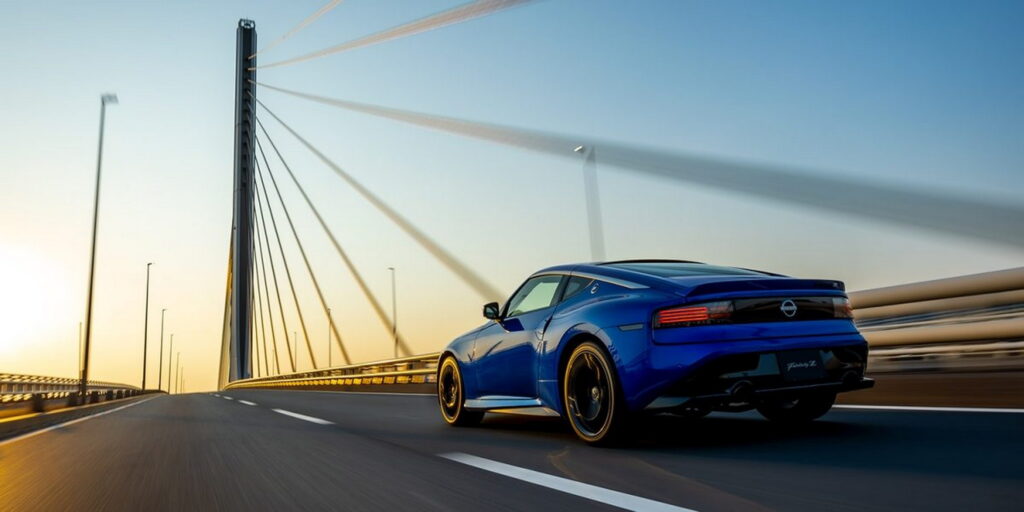- The Japanese carmaker recently announced it was cutting 9,000 jobs globally.
- Nissan is also selling over 149 million shares of Mitsubishi.
- Despite the restructuring, Nissan remains committed to The Arc business plan announced earlier this year.
Approximately 1,000 of Nissan’s US employees are expected to accept early retirement offers by the end of this year as part of the car manufacturer’s global restructuring efforts.
Earlier in the month, Nissan announced it was cutting 9,000 jobs globally and would reduce global output by 20% in a bid to help it navigate turbulent waters. The restructuring comes after slowing sales and reduced profit forecasts. Nissan had approximately 17,000 employees in the US as of March this year, and the 1,000 tipped to accept early retirement offers represent approximately 6% of its workforce in the country.
Read: Nissan Slashes 9,000 Jobs, Sells Mitsubishi Shares, May Delay Some Of The 30 New Models Planned
One of the more radical steps being taken by Nissan is to sell 149,028,300 shares of Mitsubishi, reducing its ownership stake in the car manufacturer. This move could signal a possible retreat from its alliance with Renault and Mitsubishi. Despite the change in direction, Nissan remains committed to building 30 new or updated models as part of The Arc plan announced earlier this year.
The Arc serves as a bridge between Nissan’s 2020-2023 NEXT plan and its longer-term Ambition 2030 vision. Through The Arc, Nissan’s line-up will be thoroughly updated by 2026, and of the 30 new models currently in the pipeline, 16 will feature electrified powertrains. It’s also looking to reduce the cost of its next-generation EVs by 30% and believes it can achieve cost parity between its EVs and ICE vehicles by 2030.
Different models will be updated or replaced depending on the market. For example, Nissan plans to launch eight new models in China, seven in the US and Canada, six in Europe, five in Japan, five in the Middle East, three in India, three in Africa, and two in Oceania. Nissan expects 40% of its global range to be electrified by 2026 and expects this to grow to 60% by 2030.




